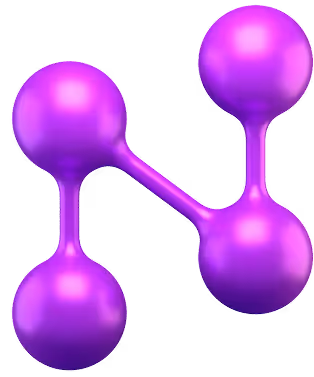Email is Dead: Long Live the Phone

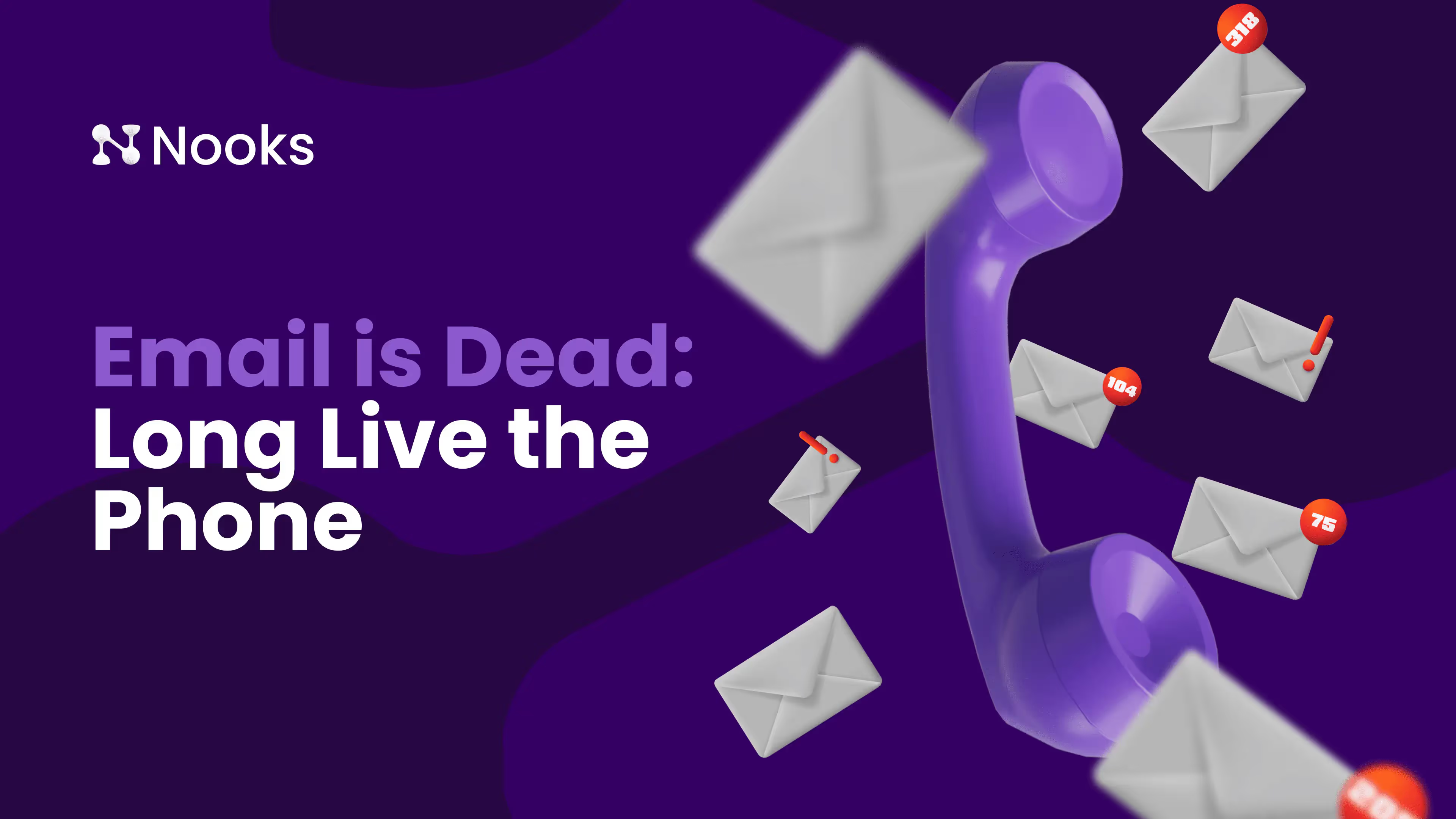
Sales teams sending more emails than ever are seeing worse results. AI has driven a 5x increase in cold email volume (Woodpecker), making inboxes noisier and responses harder to come by. Buyers are drowning in generic outreach, and open rates are plummeting.
Meanwhile, the best sales teams are doing something different: picking up the phone.
Why the Best Orgs Rely on the Phone
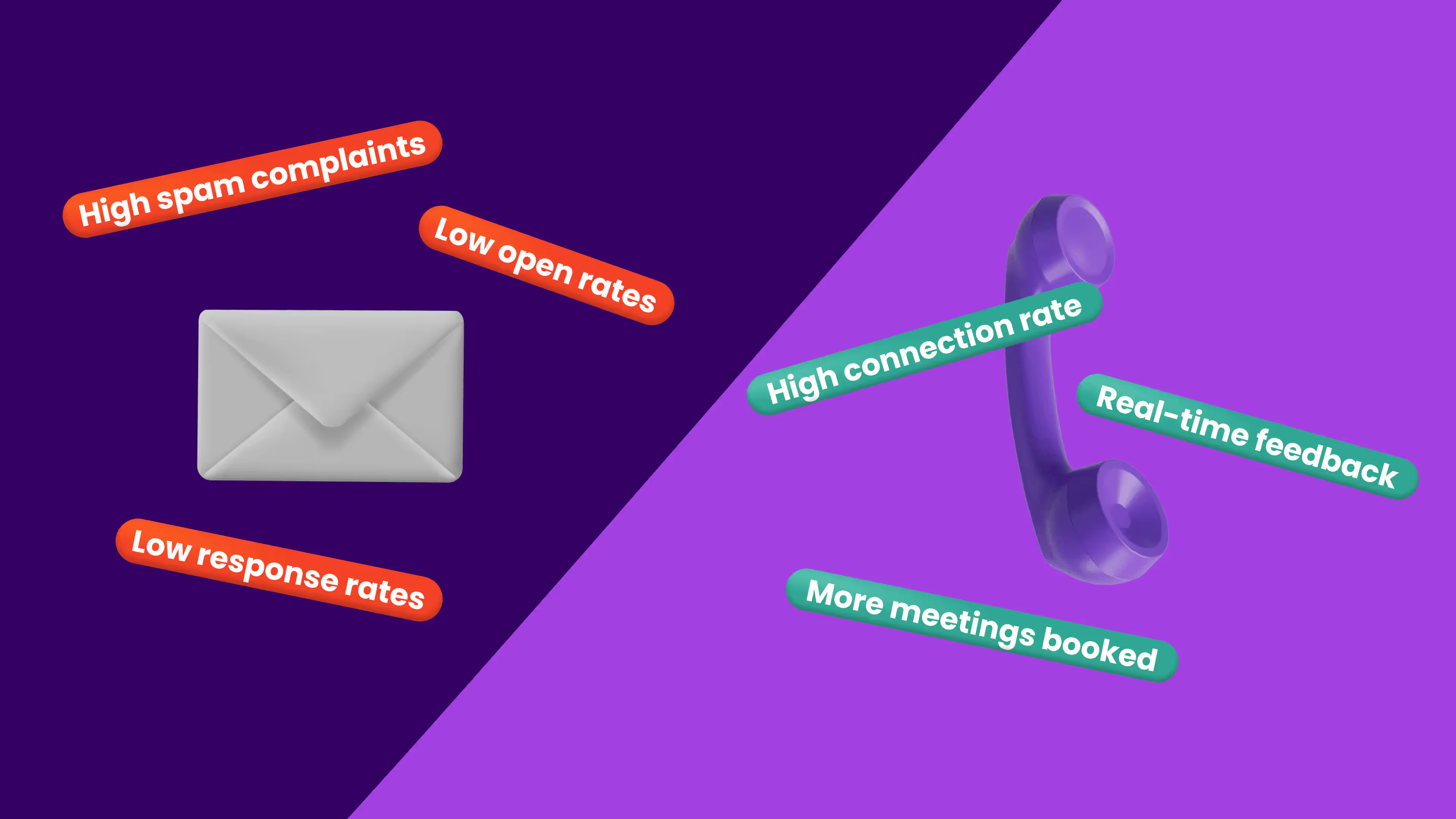
The highest-performing outbound teams aren’t just calling – they’re prioritizing it. Calls drive 80%+ of outbound pipeline in top orgs (Nooks State of SDR Report). While emails pile up unread, real conversations are what’s driving revenue.
The data is clear, and this is the new reality we now face:
- Call-centric orgs generate 40% more qualified opportunities per rep (Bridge Group).
- Reps who lead with calls break through faster, get real-time feedback, and book more meetings.
- Prospects are overwhelmed by emails, but a well-timed call? That gets attention.
Personalization is Out, Relevance is In
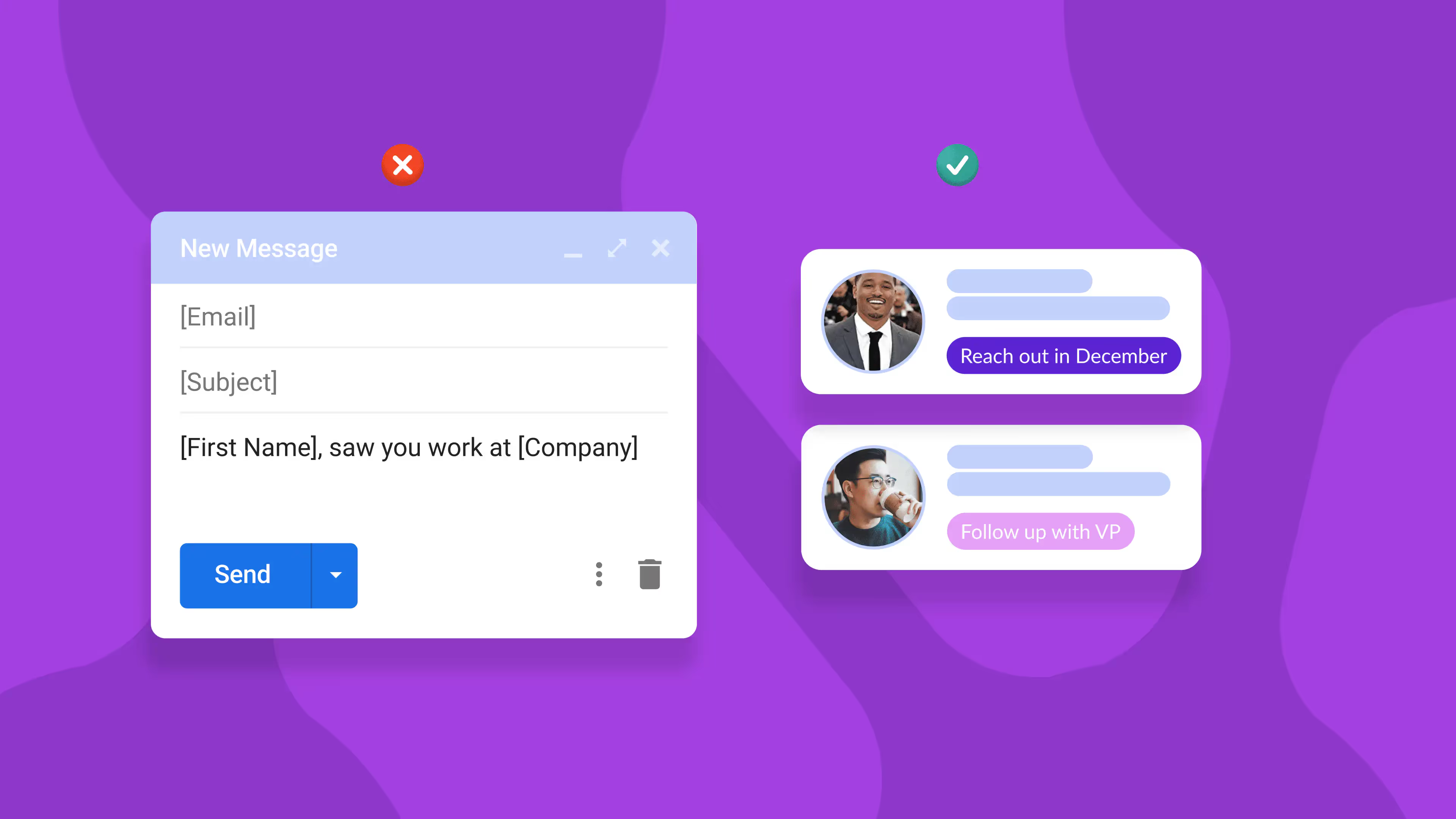
A few years ago, personalizing emails with “[First Name], saw you work at [Company]” felt novel. Now? It’s table stakes. Everyone is doing it. AI is automating it. And buyers see right through it.
What actually works is relevance based on real signals – things like:
- Insights from previous call recordings like “we’re using competitor X” or “reach out in December”
- Referencing key takeaways from a prospect’s latest earnings report
- Tying outreach to a real pain point discussed in a recent interview or blog post
That’s the kind of outreach that stops someone in their tracks and makes them think, "Sounds like they can help me." That’s the outreach that gets responses.
Why Calls Stay Effective While Email Fades
Buyers have limited time and can only purchase one product for a given use case. When AI can scale email to infinity, it becomes ineffective – every inbox is flooded, making differentiation impossible.
But calls require humans, and it’s illegal to robocall in the U.S. This means the phone channel remains the only effective way to build real human connections. Conversations can’t be automated at scale, which keeps calling a powerful, high-impact channel.
The Future of Sales Pipeline: AI-Powered, Human-Led Selling
Now, this doesn’t mean AI is the enemy. In fact, it’s a valuable tool when used correctly.
The problem? Too many teams are using it as a shortcut instead of an advantage.
The best sales teams use AI to surface insights, analyze conversations, and identify the right moments to engage – but they leave the actual selling to the humans.
The new outbound playbook is clear:
- Use AI to gather intelligence, not replace outreach.
- Lead with the phone. Live conversations build trust, uncover real pain points, and create urgency.
- Use email and social as reinforcement – not the first touch.
How to Pair Email & Calling for Maximum Impact
Winning teams aren’t just choosing between email or calling – they’re using them together strategically:
- Call individual contributors first. Gather insights about workflows, tools, and priorities.
- Call managers and directors next. Understand business goals, pain points, and upcoming initiatives.
- Use those insights to call/email the VP. Show a deep understanding of their business and clearly tie your product’s value to their priorities.
The teams who combine AI-powered insights with human-led engagement are the ones filling their pipeline. The ones relying on AI-generated spam? They’re burning bridges and making it easier for buyers to hit delete.
If your team isn’t leading with calls, you’re already behind. It’s time to ditch the email-only mindset and start dialing.

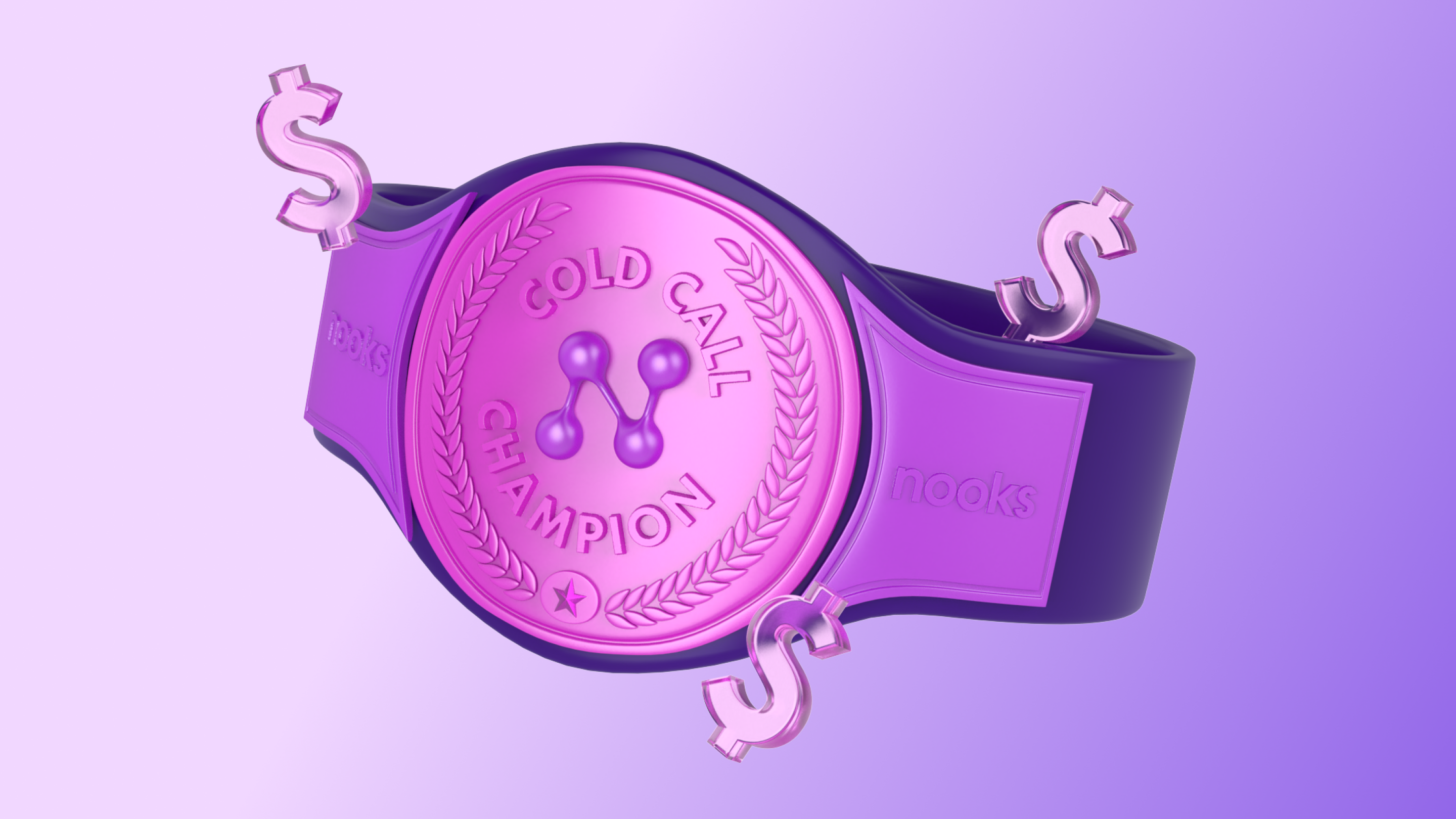
.png)
.avif)
